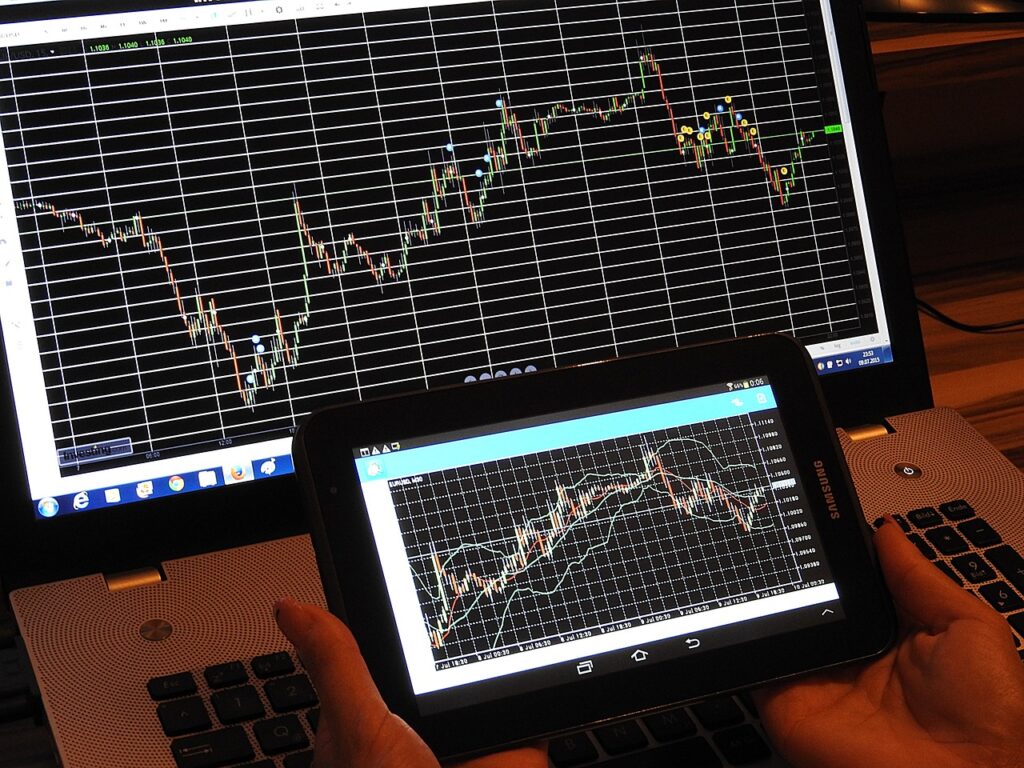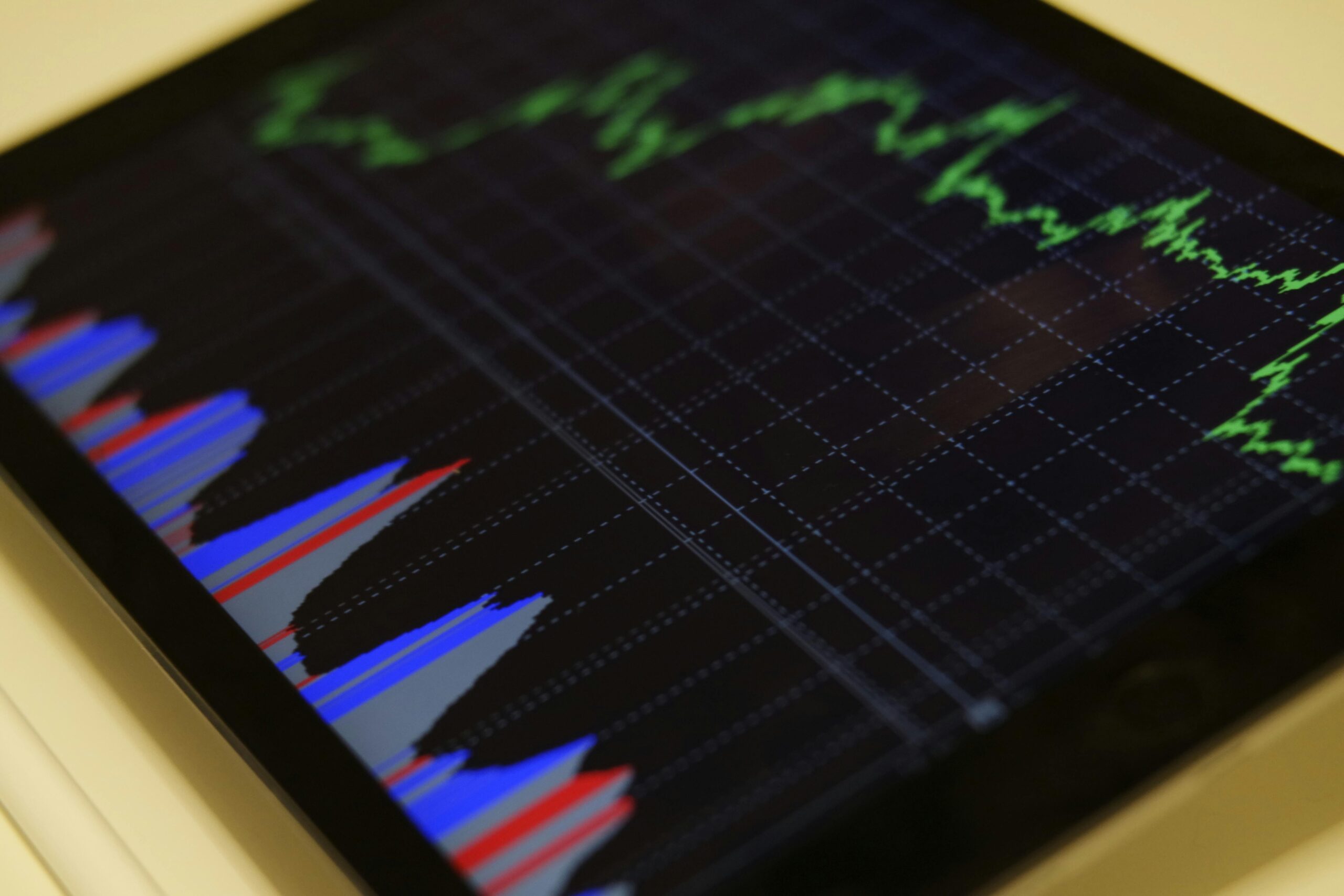Introduction:
In the ever-evolving world of finance, Forex trading stands as a formidable player, attracting individuals and institutions alike with promises of lucrative returns. The foreign exchange market, or Forex, is the largest and most liquid financial market globally, where currencies are bought and sold. In this blog post, we’ll delve into the origins of Forex trading, its inner workings, provide valuable tips, and offer a necessary disclaimer for those looking to navigate this dynamic market.
The Genesis of Forex Trading:
The concept of Forex trading can be traced back to the early days of the gold standard in the 19th century. However, the modern Forex market, as we know it today, came into existence with the collapse of the Bretton Woods system in the early 1970s. This event marked the shift from fixed exchange rates to floating exchange rates, giving birth to a decentralized market where currencies could be freely traded.
How Forex Trading Works:
At its core, Forex trading involves the exchange of one currency for another at an agreed-upon exchange rate. The market operates 24 hours a day, five days a week, spanning major financial centers worldwide, such as London, New York, Tokyo, and Sydney. Unlike stock markets, there is no central exchange; instead, Forex is an over-the-counter (OTC) market, with transactions conducted electronically through a network of banks, brokers, and financial institutions.
Useful Links To help with your investment Journey
Cryptocurrency All-in-One For Dummies 1st Edition
Key components of Forex trading include:
Currency Pairs: Currencies are traded in pairs, where one currency is exchanged for another. The first currency in the pair is the “base” currency, and the second is the “quote” currency.
Bid and Ask Prices: The bid price represents the maximum price a buyer is willing to pay, while the ask price is the minimum price a seller is willing to accept. The difference between these two prices is known as the spread.
Leverage: Traders can use leverage to control a larger position size with a smaller amount of capital. While leverage can amplify profits, it also increases the risk of significant losses.
Risk Management: Successful Forex trading involves effective risk management strategies, including setting stop-loss orders and proper position sizing.
Tips for Successful Forex Trading:
Education is Key: Before diving into the Forex market, take the time to educate yourself. Understand the fundamental and technical aspects of trading, as well as the factors influencing currency movements.
Create a Trading Plan: Develop a comprehensive trading plan that outlines your goals, risk tolerance, and strategies. Stick to your plan, and avoid impulsive decisions based on emotions.
Stay Informed: Keep abreast of global economic and geopolitical events that can impact currency markets. Economic indicators, central bank decisions, and political developments can all influence exchange rates.
Practice with a Demo Account: Many brokers offer demo accounts where you can practice trading with virtual money. This allows you to hone your skills and test your strategies without risking real capital.
Risk Management: Never underestimate the importance of risk management. Set stop-loss orders to limit potential losses and avoid overleveraging.

Disclaimer:While this guide provides valuable insights into Forex trading, it’s important to note that we are not financial professionals. The information presented here is for educational purposes only and should not be considered as financial advice. Trading in the Forex market involves inherent risks, and individuals should conduct thorough research and seek professional advice before engaging in live trading. Always be aware of the potential for both profits and losses, and trade responsibly.
Checkout these links aswell to other financial tips:
Navigating the Waves of Modern Banking: A Comprehensive Guide to Financial Seas

